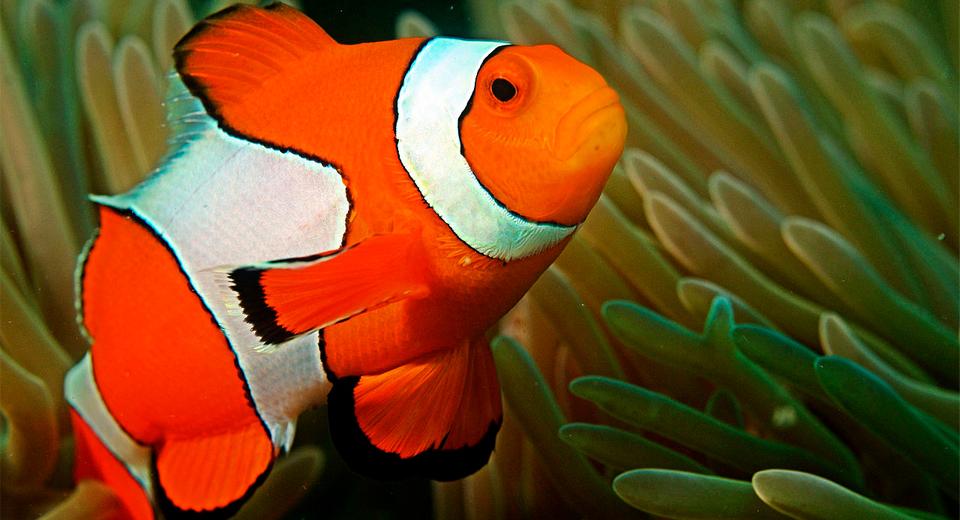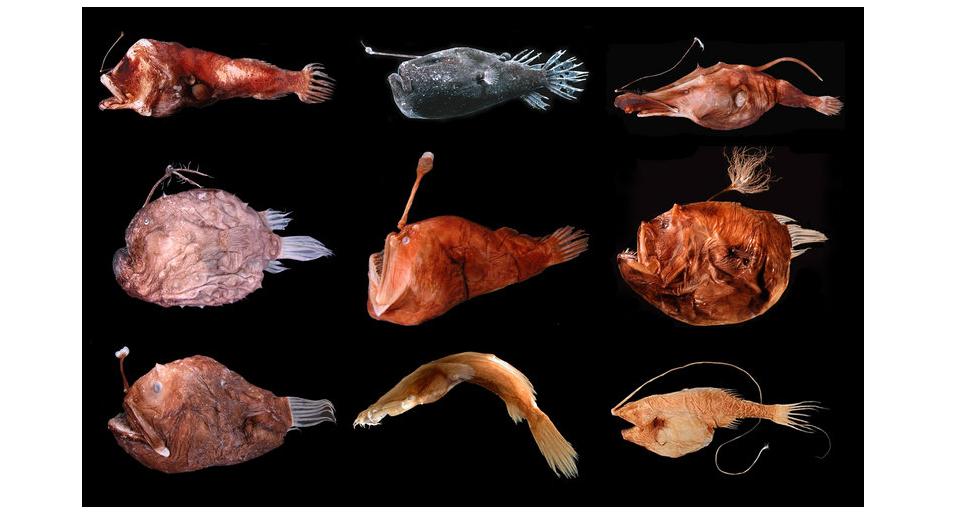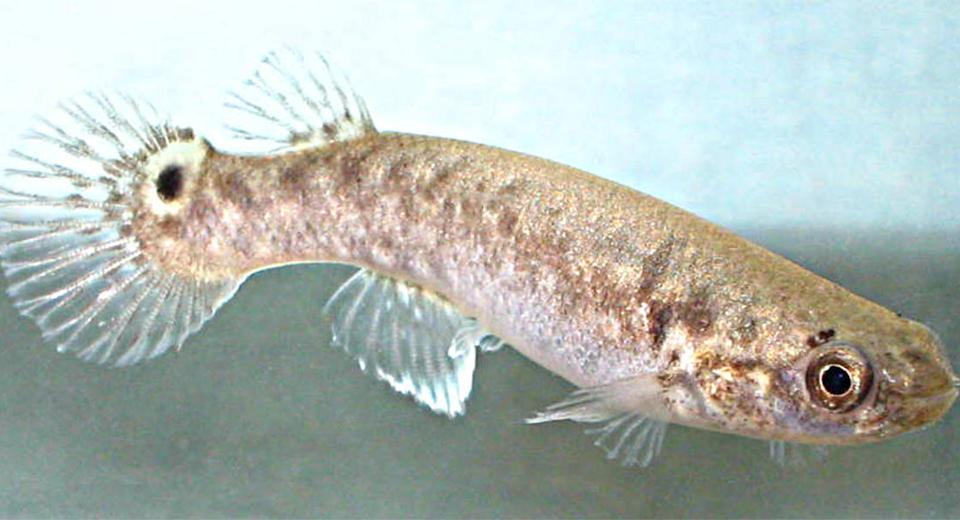17 Feb 2016
Natural History Museum Curator, James Maclaine, will be joining us to discuss the weird and wonderful sex-lives of aquatic creatures. We speak to him ahead of the event and learn that strange things do indeed happen at sea.
Clownfish (family: Amphiprionidae)
The fish made famous by the film Finding Nemo. They're attractive little fish that have a special protective mucous enabling them to live safely amongst the arms of a large anemone that would sting other creatures to death. Often living in small groups, the largest individual of which is female, the second largest being the dominant male, who regularly mates with the female. The other smaller fish are all male.
If anything happens to the female then the dominant male will change sex and the smaller males will fight briefly to decide who gets to be the next dominant male. Sex-changing is common in many coral reef fishes including wrasses and parrotfish. Which sex a larger fish becomes is dependent on its lifestyle – in aggressive fish that defend territories they tend to start as female and then become male when they are big enough to fight, in species where this isn’t an issue the opposite is true as it benefits the fish to become female when larger as then they can produce more eggs.
Deep-sea Anglerfish (suborder:Ceratioidea)
In the environment where these fish live (>1000m depth), food is relatively scarce so they have evolved a number of adaptations to deal with this. For example, they have a luminous lure to attract prey, an elasticated stomach in order to be able to eat quite large items, and dwarf males. The male deep-sea anglers can be so small that in one species the male is a candidate for the smallest known fish in the world. The idea behind this is that as the male is producing sperm which are around a 1000th of the size of an egg, the male can still produce millions while being very small, and consequently he will need a lot less food to be able to do this.
But male anglers have taken this to such extremes that they cannot survive without a female, to which they attach themselves like little vampires and feed off her blood (the record being 7 males on one female). In some species they detach occasionally and go in search of another female but in others the attachment is permanent and in some cases the skin of the female grows over the male and he becomes little more than an organ making the female in effect a hermaphrodite.
The Mangrove Killifish (Kryptolebias marmoratus)
This is a remarkable little fish found in the mangrove swamps of Central America. Capable of spending days out of water and extremely tenacious and robust, it has even been found up trees. The most interesting aspect however is that it is the only known self-fertilising/hermaphrodite vertebrate known – each fish contains male and female gonads and is capable of producing viable eggs, a useful ability in an environment that is constantly changing. Some fish occasionally become fully male and reproduce with the hermaphrodites in order to bring in a bit of genetic diversity once a population becomes stable.
To find out more about the weird and wonderful sex-lives of aquatic creatures, join curators from the Natural History Musuem on 20 February for Out at Sea


